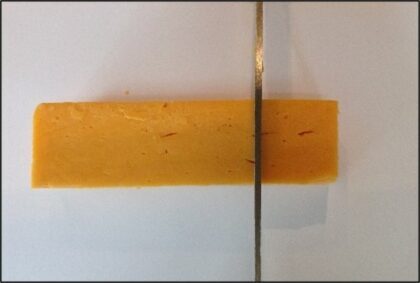Using models
The bar model and the ratio table are key models for developing mathematical thinking.
 In RME classrooms, students are encouraged to develop their own strategies for approaching a wide range of context-driven problems. But they are not expected to work in a vacuum.
In RME classrooms, students are encouraged to develop their own strategies for approaching a wide range of context-driven problems. But they are not expected to work in a vacuum.
Our materials are designed to elicit and build on two key mathematical models: the bar model and the ratio table. We sometimes describe these thinking tools as “pre-formal” models because they possess two powerful characteristics:
- They emerge from and always remain rooted in imaginable contexts. This means that instead of blindly following procedures, students can always find their way back to the sources from which their strategies originate.
- They flexibly capture a wide range of related concepts. As a result, these models help students to move from isolated contextual ideas to formal mathematical techniques, paving the way for more advanced conceptual insights.
Because discovering and refining the use of these two models is so important to our materials, the following pages aim to support teachers in understanding the power and possibilities of RME’s approach to each key model.
Taking a deeper look
Read about the contexts through which these models emerge and explore their powerful flexibility.
Once you have worked with our materials and got to know these models, try folding them into your general practice. You might start out by trying to solve a range of standard examination questions using only these two tools. Many teachers find that they are an asset in thinking through a surprising number of formal problems.
For more reading about the use of models in RME, see:
Van den Heuvel-Panhuizen, M. (2003). The didactical use of models in Realistic Mathematics Education: an example from a longitudinal trajectory on percentage. Educational Studies in Mathematics, 54 (1), 9-35.
… as well as related resources on our RME literature page.

